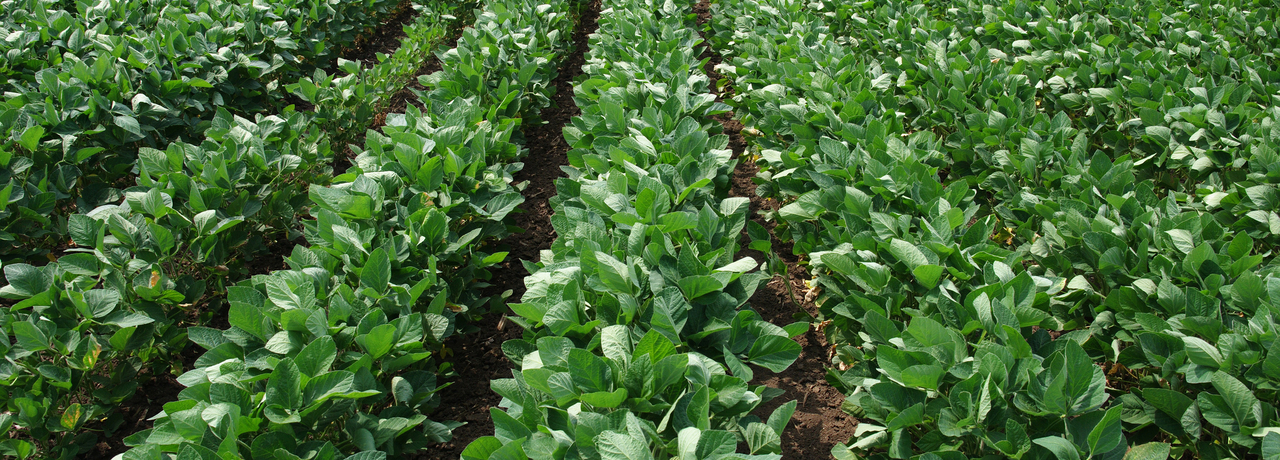Boom with consequences
Although soya is an important source of protein for humans and animals and a crucial source of income and foreign currency for the countries where it is grown, the legume also brings with it negative developments. The environmental problems caused by intensive cultivation and the expansion of agricultural land range from water pollution to soil erosion and declining biodiversity. Changes in land use and the production and use of fertilisers for soybean cultivation result in high greenhouse gas emissions. The expansion of soya cultivation also leads to social conflicts and tensions between producers and the respective communities due to land and labour rights, rural exodus, etc.
Thanks to the soya moratorium, deforestation in the Amazon is declining. Wholesalers are now avoiding soya from areas in the Brazilian Amazon that were deforested after July 2006. However, the pressure on the Brazilian Cerrado (wet savannah area) with its exceptionally high biodiversity remains high. Since the end of 1950, around half of the Cerrado has been converted into agricultural land.


